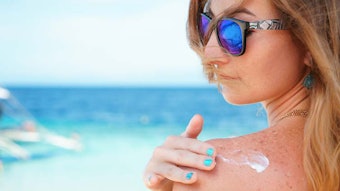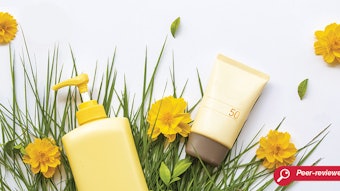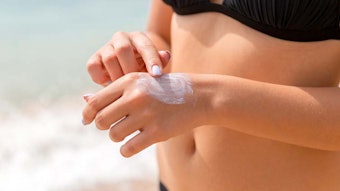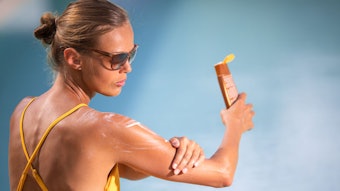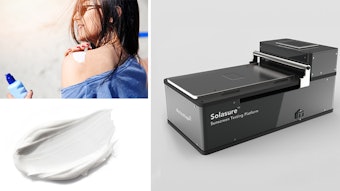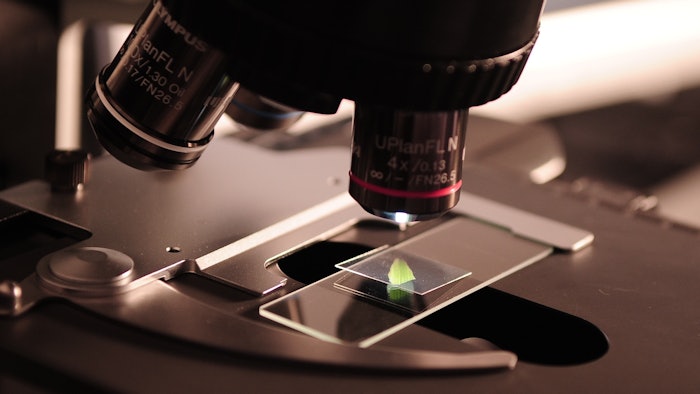
After seven years of research, development and much diplomacy, Cosmetics Europe (CE) has published its Recommendation No. 26 for the use of the so-called double plate test method to assess SPF in vitro. This approach is an alternative to the accepted ISO24444:2019 in vivo method that was developed by the CE expert group on sun protection.
The new method uses the spectroradiometric measurement of residual UV from a single pre-irradiation dose through a thin layer of sunscreen applied using a robotic appliance to a multi-layer substrate. The method has been demonstrated to be highly reliable, as described in Part I and Part II in the International Journal of Cosmetic Science.
See related: Are UV Tests and Protection Headed in the Right Direction?
According to CE, for decades, SPF has been measured on the skin of human volunteers per the accepted gold standard ISO24444:2019. Supported by the European Commission (EC), the industry has explicitly been encouraged to develop alternatives; but the scientific challenge has been to demonstrate an in vitro method with a sufficiently high statistical correlation with the current gold standard.
Marc Pissavini, chairman of ISO WG7, wrote, "So far, no in vitro method had advanced to the stage that CE could recommend it. So those who did not want to use an in vivo method for SPF could use any, including unproven and unvalidated methods; this should no longer be the case thanks to this recommendation."
CE strongly recommends that its members and the test laboratories with which they work familiarize themselves with the SPF in vitro double plate as soon as possible so that, prior to the publication of the final ISO standards, the method may be considered an alternative to the SPF in vivo ISO24444:2019. The CE notes that in cases of differences between in vivo and in vitro results, the in vivo method ISO 24444 remains the reference method.
See archived: Standardizing Safety: ISO Validation and Sun Protection Tests



